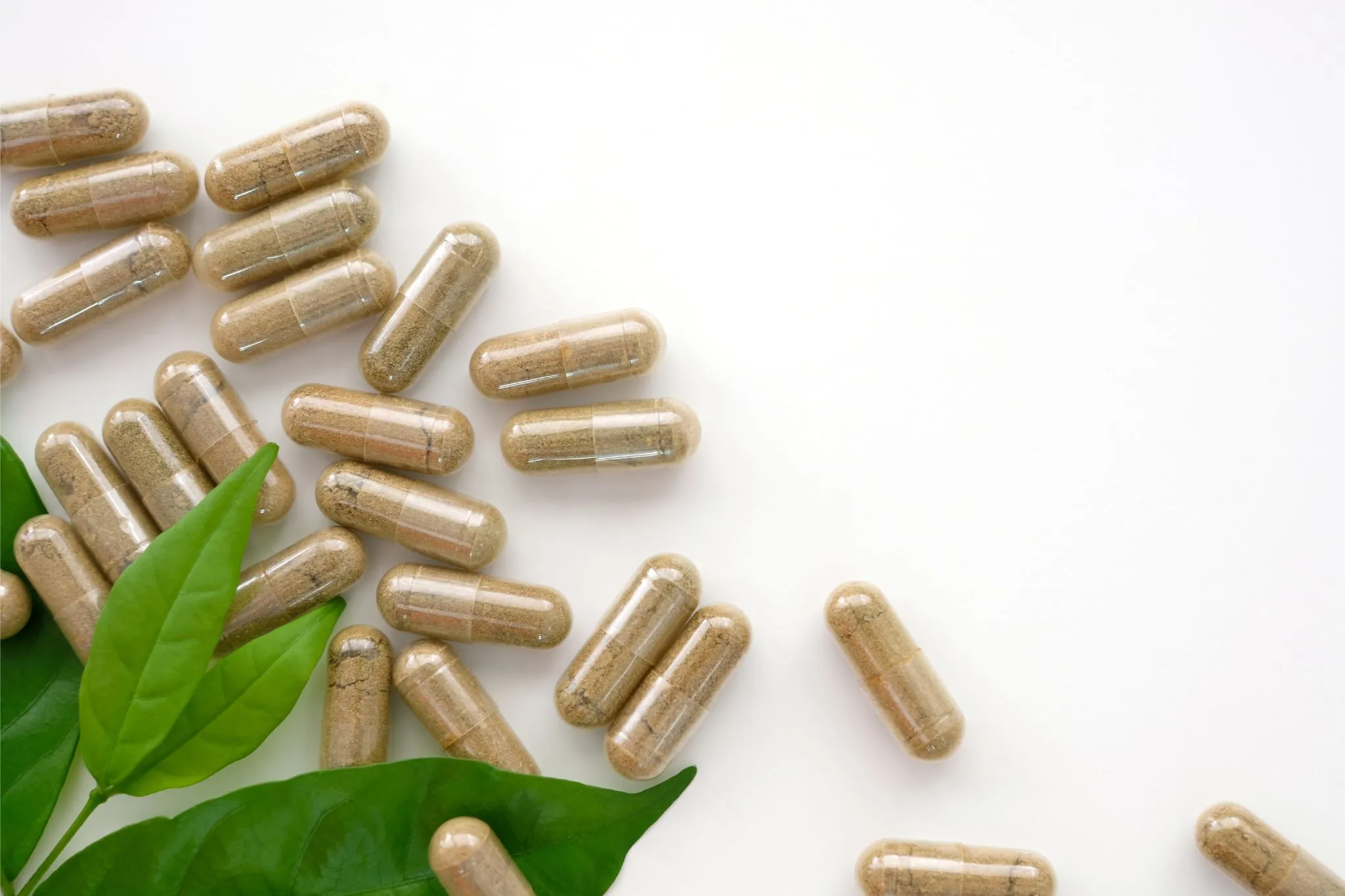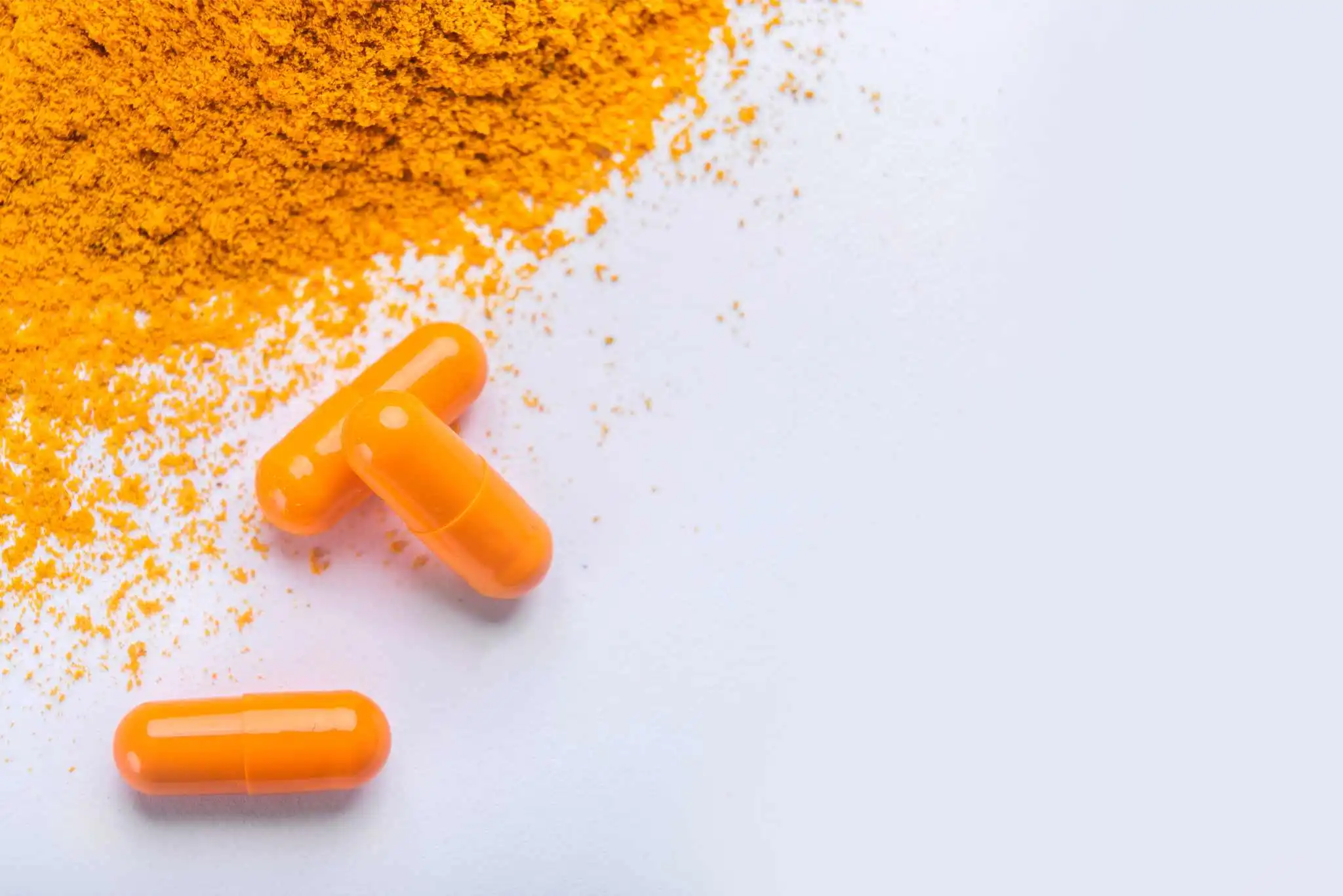IBD cases are on the rise across the globe, even in regions with previously low incidences. Firs..
Read moreThe AhR Pathway in IBD
- Crohn's & Colitis
- 4 min read
- Jul 17, 2023 - curqd

Over the past decade, clinicians have conducted research on promising nutraceuticals for IBD with an aim to improve patient outcomes.
Two herbal compounds stand out: a gut-directed formulation of curcumin showing significant clinical and endoscopic improvements in mild-to-moderate UC patients, and Qing Dai (QD or Indigo), which shows high clinical response and mucosal healing in more severe cases of UC.
A 2023 trial on the combination therapy of curcumin and QD, known as CurQD®, recruited moderate-severe IBD patients who had failed immunomodulator/biologic treatment. A significant number of patients showed clinical response and endoscopic improvement by week 8, with a majority maintaining clinical response and remission in the follow-up.
The effectiveness of CurQD® was found equivalent to and even higher than that of many pharmaceuticals used for IBD, prompting further investigation into the unique mechanisms of the herbal compounds.
How does CurQD® work?
It had already been established that the molecules Indigo and Indirubin were the active therapeutic components of Qing Dai, likely working through the aryl hydrocarbon receptor (AhR). However, this mechanism had not yet been measured or confirmed in clinical trials.
During the CurQD® trial, the researchers measured the participants’ CYP1A1 levels, which are indicative of aryl hydrocarbon receptor (AhR) activation. They found that CurQD® significantly elevated these levels. The effect was not observed in the placebo group or in positive controls using other treatments for mucosal healing, clearly indicating that QD triggers the activation of AhR.
In fact, CurQD® appears to be the first oral agent found to successfully target the AhR receptor in order to modulate intestinal immunity and inflammation in IBD. Here’s how it works.
What is the AhR Receptor?
The AhR pathway is a ligand-activated transcription factor with receptors lining our intestines. These receptors, when activated, send signals to override pro-inflammatory cytokines in the intestinal mucosa, promoting anti-inflammatory activity and regulating intestinal immune homeostasis. It does so by sending signals to upregulate ILC3, an “innate lymphoid cell” that produces interleukin (IL)-22. IL-22 reduces inflammation and promotes mucosal tissue healing.
This healing activity is promoted by “indole”, an intercellular signal molecule that is produced when certain bacteria metabolize the amino acid tryptophan. Indole is an AhR agonist – meaning it binds to the aryl hydrocarbon receptor and activates it, resulting in a downstream of anti-inflammatory cytokines and pathways.
The Importance of the AhR Receptorin IBD
While the general population metabolizes tryptophan from food sources, IBD patients may be limited by a restricted diet or a lack of certain bacteria able to produce the indole compound. For instance, one of the bacterial strains that metabolize tryptophan is Bacteroids, found in lower levels in IBD patients especially when the disease is highly active.
QD, in a fascinating turn of events, is rich in indole. This component appears to bypass the metabolic process in IBD patients, directly targeting the AhR pathway to reconstitute mucosal integrity, alleviate intestinal symptoms and reduce remission. CurQD® is not only the first therapy to effectively hit this target but also represents the first clinically validated non-suppressant therapy for IBD.
Instead of suppressing the immune system, CurQD® supports and optimizes the natural healing process in the body. It acts like a kick-starter, strengthening the epithelial cells, enhancing barrier function and even protecting against microbial infection.
The Potential of AhR Agonists in Disease Treatment
These discoveries carry a somewhat profound significance in the history of medicine, with positive implications for the treatment of various diseases.
For instance, metabolic syndrome is associated with a limited ability to metabolize tryptophan. The consequential lack of AhR ligands leads to mucosal barrier permeability and reduced GLP-1 secretion, allowing the development of severe metabolic syndrome. Patients with active celiac disease likewise show reduced AhR ligand production and decreased intestinal AhR activation.
Evidence has also highlighted the importance of the AhR receptor in liver diseases such as alcoholic liver disease. Firstly, alcohol appears to impair tryptophan metabolism, causing AhR- ligand deficiency which can be improved by an AhR agonist. Secondly, treatment with an AhR agonist has been found to reverse alcohol-induced liver lesions, which up until now could only be treated with a liver transplant.
The AhR may even offer a future target in cancer treatment. In-vitro research has shown that the receptor can function as a tumor suppressor for numerous cancers, including lung, breast, liver, prostate, skin, intestine, and brain cancer.
More than anything, the new research on CurQD® and the AhR pathway highlights the incredibly sophisticated mechanisms through which the body is able to heal itself and the ability of herbal compounds to jump-start and revitalize these natural capabilities without invasive treatments, immune suppression or adverse effects associated with current pharmaceutical therapies.
More Articles


Qing Dai (QD), or Indigo, is a formulation of Isatis Tinctoria leaves found to exert potent anti..
Read more